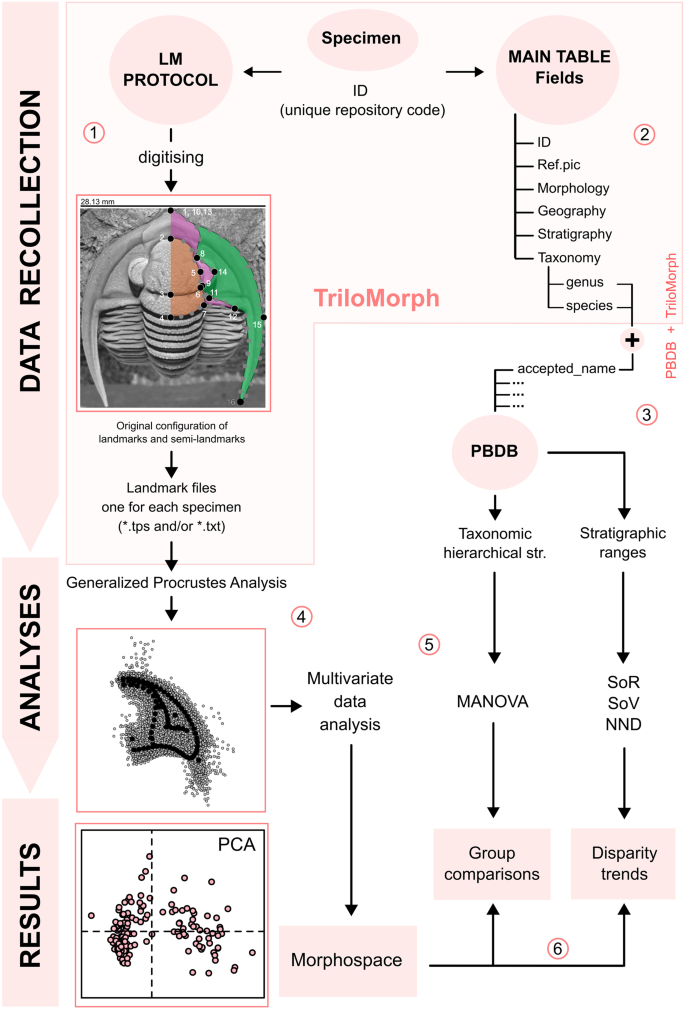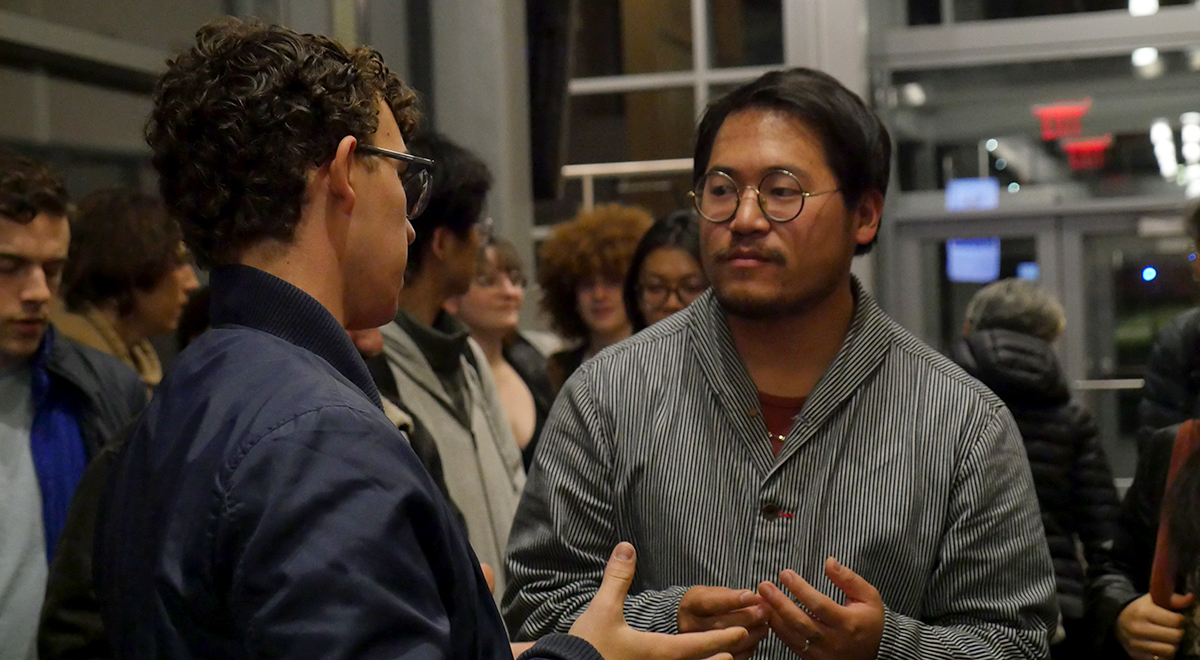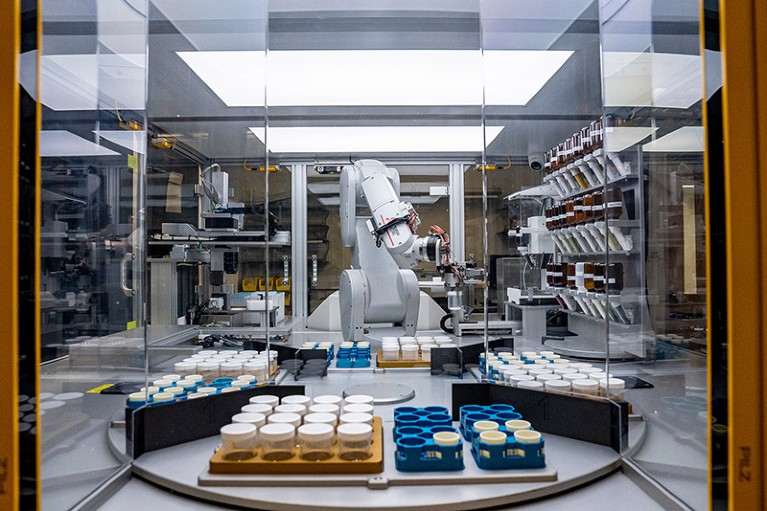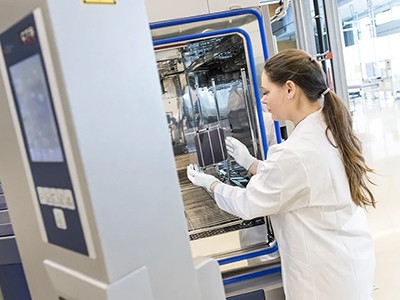-
Experts available for COP28 on sustainable food production, arctic marine science, and renewable energy

World-leading researchers from Finland’s Aalto University will be presenting at the COP28 UN climate conference in Dubai over the next two weeks. They will talk about renewable energy, sustainable food production and the effects of global warming on the Arctic. Renewable energy solutions ‘I study sustainable renewable energy technologies. For example, I have studied the…
-
A resonant sextuplet of sub-Neptunes transiting the bright star HD 110067

Abstract Planets with radii between that of the Earth and Neptune (hereafter referred to as ‘sub-Neptunes’) are found in close-in orbits around more than half of all Sun-like stars1,2. However, their composition, formation and evolution remain poorly understood3. The study of multiplanetary systems offers an opportunity to investigate the outcomes of planet formation and evolution…
-
How does it feel to have an octopus arm? This robo-tentacle lets people find out

A soft robotic tentacle inspired by octopuses can grasp small objects in air or water.Credit: Li Wen Watching an octopus seize its prey has inspired researchers to develop a soft robotic tentacle, complete with suckers, that can be operated remotely with a ‘glove’ that fits over one finger1. With their dexterity and intelligence, octopuses have…
-
A dynamic and collaborative database for morphogeometric information of trilobites

Abstract Modern morphometric-based approaches provide valuable metrics to quantify and understand macroevolutionary and macroecological patterns and processes. Here we describe TriloMorph, an openly accessible database for morpho-geometric information of trilobites, together with a landmark acquisition protocol. In addition to morphological traits, the database contains contextual data on chronostratigraphic age, geographic location, taxonomic information and lithology…
-
‘Disruptive’ science more likely from teams who work in the same place

Research teams spread across long distances are less likely to achieve ‘disruptive’ discoveries than those based in one place.Credit: Gabriel Pevide/Getty Working in remote teams can hurt innovation, according to a study1 that suggests that researchers based at the same site make more breakthrough discoveries. Remote collaborators can benefit from greater collective knowledge, the research…
-
‘Everything Everywhere All At Once’ Director Speaks about Creativity and the Multiverse

By Rose Chen ’26 On Thursday, Nov. 16, students gathered at the Jeanine Basinger Center for Film Studies for a conversation between film director Daniel Kwan and Professor of Religion, Philosophy, Science in Society, and Feminist, Gender, and Sexuality Studies, and Dean of the Social Sciences Mary-Jane Rubenstein. Kwan, having previously directed music video “Turn…
-
ChatGPT for chemistry: AI and robots join forces to build new materials

The A-Lab uses AI-guided robots to mix and heat ingredients to synthesize new materials.Credit: Marilyn Sargent/Berkeley Lab An autonomous system that combines robotics with artificial intelligence (AI) to create entirely new materials has released its first trove of discoveries. The system, known as the A-Lab, devises recipes for materials, including some that might find uses…
-
Why is China’s high-quality research footprint becoming more introverted?

Travel restrictions during the COVID-19 pandemic are among the factors that have altered China’s patterns of international research collaboration.Credit: Greg Baker/AFP via Getty When China overtook the United States in the Nature Index for contributions to natural-sciences research articles last year, it marked a watershed moment for the database and for Chinese science. Since the…
-
A new kind of solar cell is coming: is it the future of green energy?

On the outskirts of Brandenburg an der Havel, Germany, nestled among car dealerships and hardware shops, sits a two-storey factory stuffed with solar-power secrets. It’s here where UK firm Oxford PV is producing commercial solar cells using perovskites: cheap, abundant photovoltaic (PV) materials that some have hailed as the future of green energy. Surrounded by…
-
Scaling deep learning for materials discovery

Abstract Novel functional materials enable fundamental breakthroughs across technological applications from clean energy to information processing1,<a data-track="click" data-track-action="reference anchor" data-track-label="link" data-test="citation-ref" title="Mizushima, K., Jones, P., Wiseman, P. & Goodenough, J. B. LixCoO2 (0<x2,3,4,5,6,7,8,9,10,11. From microchips to batteries and photovoltaics, discovery of inorganic crystals has been bottlenecked by expensive trial-and-error approaches. Concurrently, deep-learning models for language,…